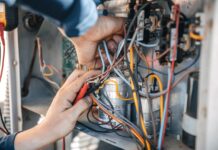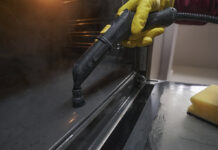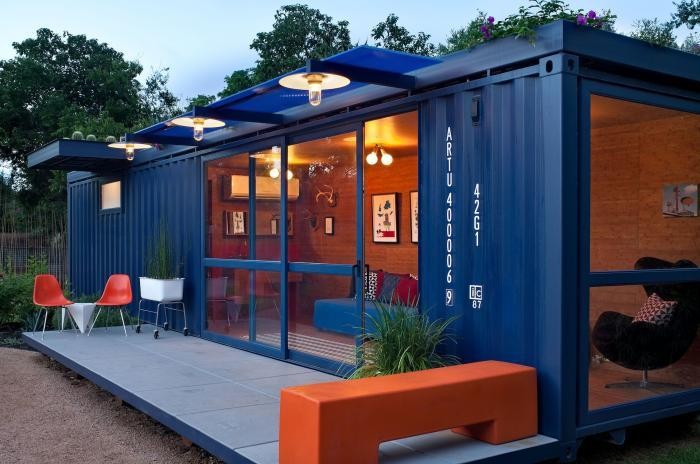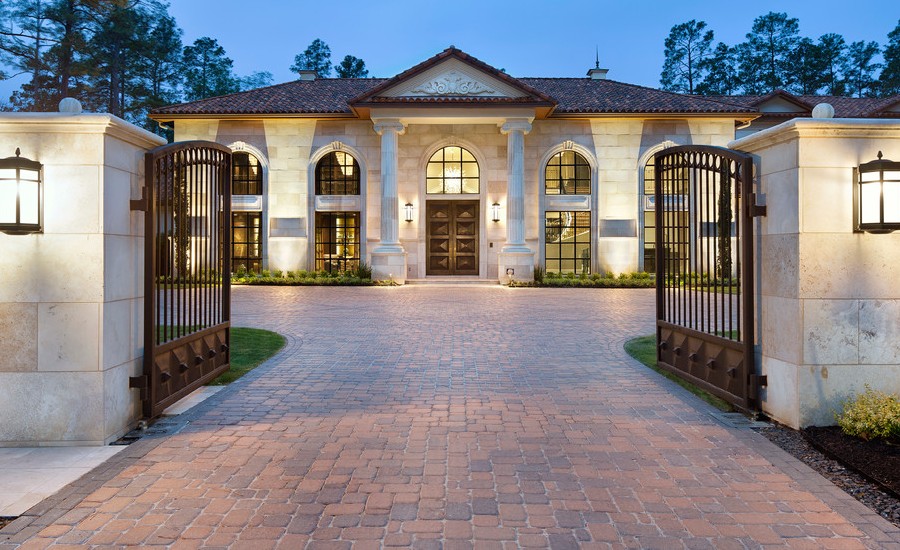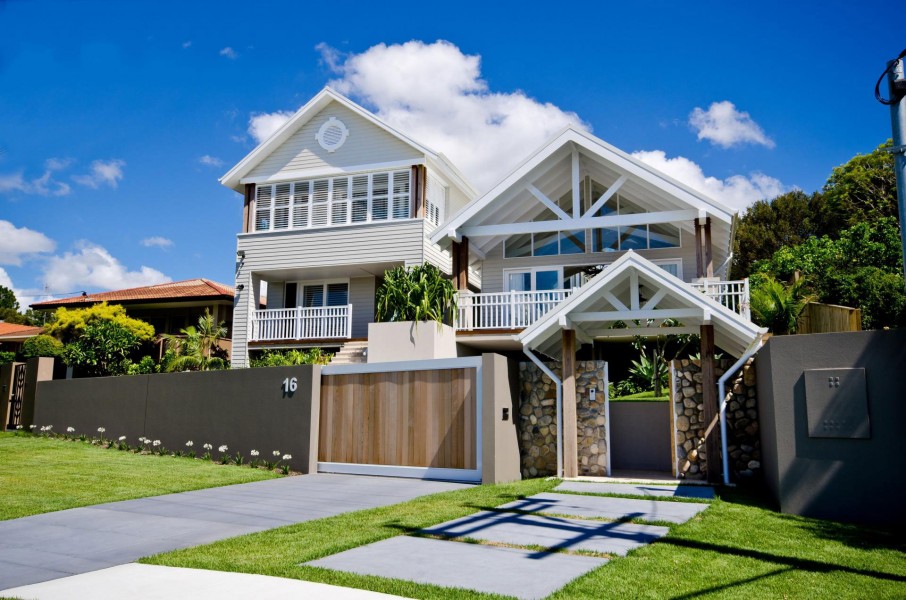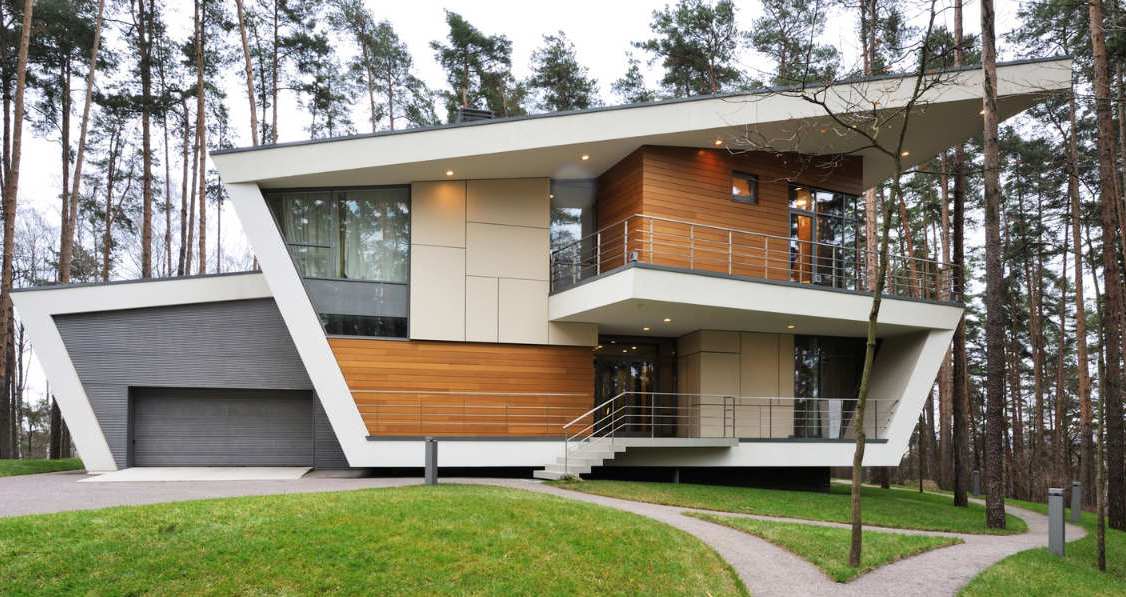As energy costs rise and environmental consciousness expands, investing in energy-efficient windows has become a popular and beneficial strategy for homeowners in Aurora, Canada, and worldwide.
Understanding Energy-Efficiency in Windows
Energy-efficient windows, gaining popularity in towns like Aurora, have specific design features that help to reduce heat loss and gain, subsequently lessening the burden on your home’s heating and cooling systems. The key components of an energy-efficient window include the use of multiple glass panes, low-emissivity (Low-E) glass, gas fills, and warm edge spacers.
Understanding window ratings is a crucial part of investing in energy-efficient Aurora windows. The U-factor measures the window’s insulation capabilities – the lower the U-factor, the better the window is at preventing heat from escaping. The Solar Heat Gain Coefficient (SHGC), on the other hand, gauges how well a window blocks heat caused by sunlight. A lower SHGC means less solar heat transmittance.”
Types of Energy-Efficient Windows
There are various types of energy-efficient windows on the market, each with its unique features and benefits. For instance, double-glazed windows feature two glass panes with an insulating gas layer in between. This design significantly reduces heat transfer and noise pollution.
Triple-glazed windows take this concept further, featuring three glass panes for even better insulation. These windows are particularly useful in regions with harsh winters.
Low-E glass windows feature a special coating that reflects infrared light, keeping your home cooler in the summer by reflecting heat away. In the winter, the same coating helps to keep the heat inside your home.
Gas-filled windows, commonly featuring argon or krypton, offer superior insulation compared to regular air-filled windows. These gases are denser than air, reducing the amount of heat that can pass through the window.
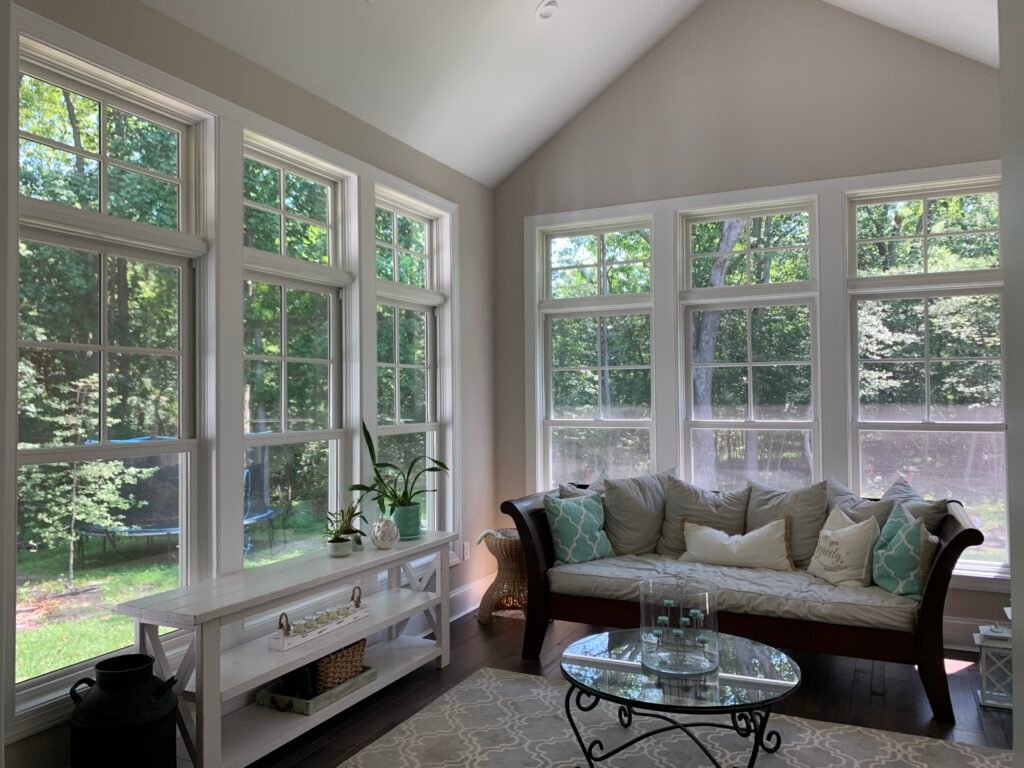
The Benefits of Energy-Efficient Windows
The benefits of energy-efficient windows are multi-faceted. Most notably, they offer substantial savings by reducing energy bills. By minimizing heat loss in winter and heat gain in summer, these windows ease the demand on your heating and cooling systems.
Improved comfort is another major advantage. Energy-efficient windows can reduce cold drafts and overly warm spots, promoting a consistent and pleasant indoor temperature year-round. They also minimize condensation, which can lead to the growth of mold and mildew.
From an environmental perspective, these windows contribute to lower carbon emissions by reducing your home’s energy consumption. In addition, they can increase your property’s market value as energy efficiency becomes an increasingly sought-after feature among home buyers.
Cost Analysis of Energy-Efficient Windows
While energy-efficient windows tend to have a higher initial cost than conventional windows, they offer considerable long-term savings. The reduction in energy expenses can, over time, offset the upfront investment.
Moreover, numerous regions offer incentives, such as tax credits or rebates, to homeowners who install energy-efficient windows. It’s worth researching local initiatives that encourage energy-saving improvements to homes.
How to Choose the Right Energy-Efficient Windows
Choosing the right energy-efficient windows involves assessing several factors including the size and orientation of your windows, your local climate, and the architectural style of your home. Understanding window labels is crucial – these labels provide details about the energy performance ratings of a product, which can guide your selection process.
Remember to ensure that your windows are installed by experienced professionals. The performance of energy-efficient windows can be significantly affected by the quality of the installation.
Maintaining Your Energy-Efficient Windows
Proper maintenance is key to ensuring the longevity and optimum performance of your energy-efficient windows. Regular cleaning, inspection, and timely repairs can keep your windows functioning at their best.
Cleaning your windows regularly helps to maintain their appearance and efficiency. Use a mild, non-abrasive window cleaner and a soft cloth or sponge to prevent scratches. Always check the manufacturer’s instructions for any specific cleaning advice.
Inspect your windows periodically for any signs of damage or wear. Check the seals and weatherstripping to ensure they are still intact and providing good insulation. If you notice condensation between the panes of your double or triple-glazed windows, it may indicate a broken seal.
Timely repairs are crucial when it comes to maintaining energy-efficient windows. If you notice any cracks, chips, or a broken seal, call a professional for repair or replacement. Small issues can quickly become larger problems if not addressed promptly.
Local Factors and Energy-Efficient Windows
Another important aspect of choosing energy-efficient windows is understanding the impact of local factors. The climate, for example, greatly affects the type of window that will work best in your home. Homes in colder climates will benefit more from windows with a low U-factor, while homes in warmer climates might prioritize windows with a lower SHGC.
Moreover, it’s important to consider local regulations and incentives. Some regions have building codes that require certain energy-efficiency standards, and many offer incentives for homeowners who choose to install energy-efficient windows.
Investing in energy-efficient windows offers substantial benefits, from significant energy savings to improved home comfort and enhanced property value. As we strive for sustainability and cost-effectiveness in our homes, energy-efficient windows emerge as a practical and beneficial investment. With long-term savings and the potential to enhance your quality of life, energy-efficient windows are a smart choice for any homeowner.



